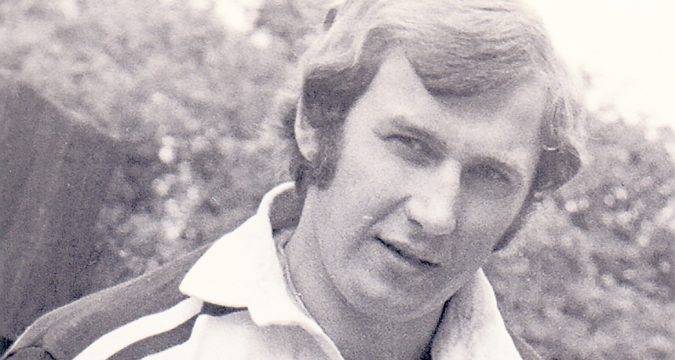 WITH his dad and brother having left Scotland to play Rugby League, a 20-year-old Ron Cowan, who had just toured with the 1962 British Lions, travelled south from Selkirk to sign for the Rugby League giants Leeds.
As a wing or centre, Cowan gave the Loiners a decade of tremendous service before ending his career with brief stints at Hull FC and
WITH his dad and brother having left Scotland to play Rugby League, a 20-year-old Ron Cowan, who had just toured with the 1962 British Lions, travelled south from Selkirk to sign for the Rugby League giants Leeds.
As a wing or centre, Cowan gave the Loiners a decade of tremendous service before ending his career with brief stints at Hull FC and Rugby League Heroes: Ron Cowan
 WITH his dad and brother having left Scotland to play Rugby League, a 20-year-old Ron Cowan, who had just toured with the 1962 British Lions, travelled south from Selkirk to sign for the Rugby League giants Leeds.
As a wing or centre, Cowan gave the Loiners a decade of tremendous service before ending his career with brief stints at Hull FC and
WITH his dad and brother having left Scotland to play Rugby League, a 20-year-old Ron Cowan, who had just toured with the 1962 British Lions, travelled south from Selkirk to sign for the Rugby League giants Leeds.
As a wing or centre, Cowan gave the Loiners a decade of tremendous service before ending his career with brief stints at Hull FC and 